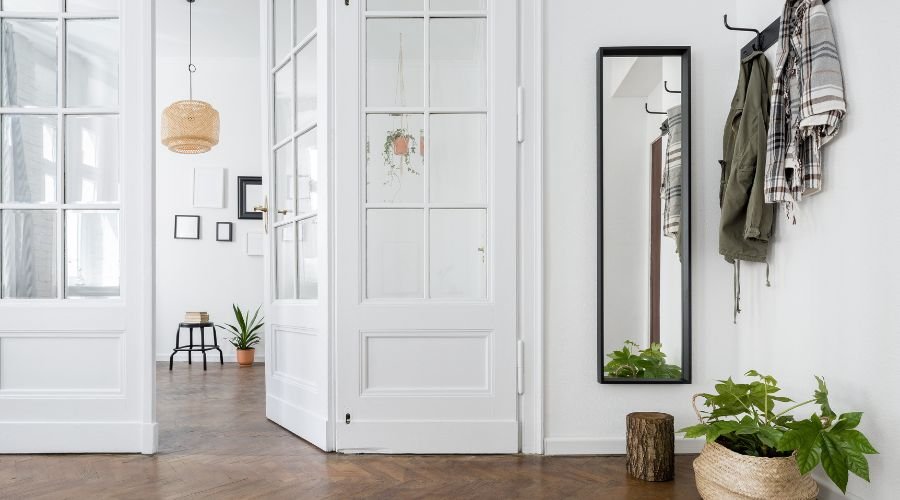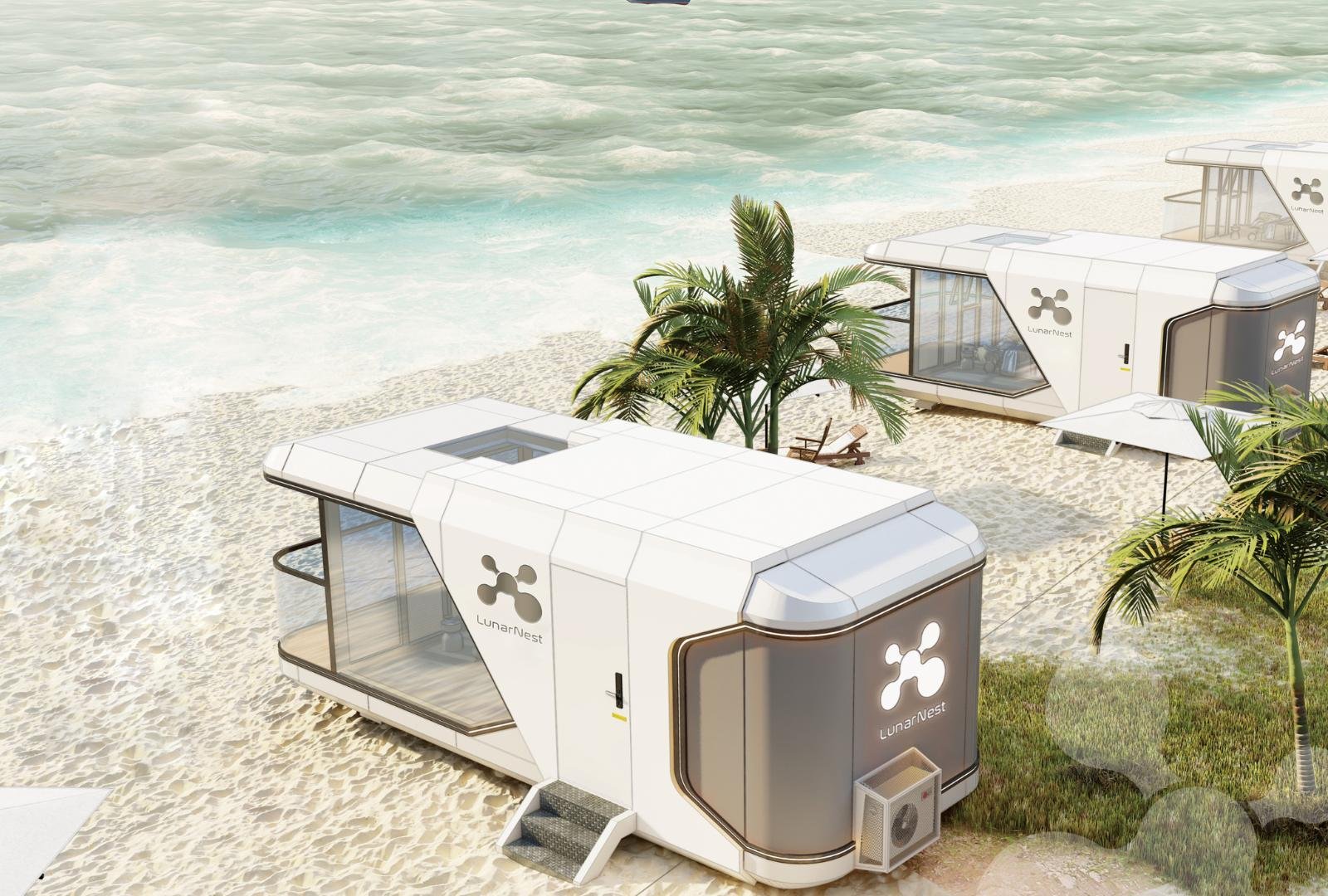Understanding Kit Homes
Introduction to Kit Homes
When you’re thinking about snagging a place without breaking the bank, kit homes are a fab choice, popping up all over Australia. They fall into the prefab category, so the main bits are built somewhere else, then dropped at your door, all set for putting together. This way, you’re the boss of the project timeline, making it a versatile pick for folks eyeing comfy digs, whether it’s for a family scene, individual pad, or even a small biz getaway.
Benefits of Kit Homes
Kit homes pack a punch with loads of perks that get thumbs up from a wide range of folks. Here’s a sneak peek at what they bring to the table:
| Benefit | Description |
|---|---|
| Affordability | Kit homes don’t empty your wallet. You can grab a basic plan for as low as $10 per square foot, and typically, expect to pay between $40 to $60 per square foot. They’re seriously one of the most budget-friendly housing options out there! |
| Flexibility | The beauty of a kit home is bending it to fit your style and needs. You get to play around with the design and layout—something that’s not so easy with a cookie-cutter house. |
| DIY Construction | If rolling up your sleeves and diving into a project sparks joy, kit homes can be put together by us or with some hired muscle, serving up a fulfilling and pride-inducing experience. |
| Reduced Construction Time | Since the parts are made beforehand, setting them up is a breeze. You can move in faster compared to the snail pace of traditional home building. |
| Environmental Impact | Choosing a kit home can be a feel-good move for the plane, too. Many designs focus on being eco-friendly, so we can keep our carbon footprint lighter by making smart use of materials and energy. |
Kit homes hit the spot for those of us just trying to keep our heads above the high tides in the packed housing market. Their rising fame shows a real thirst for wallet-friendly and tweakable living spaces—perfect in a time where price tags just keep on climbing. Got your radar up for more info on similar choices? Check out our sections on affordable modular homes Australia and transportable homes Australia.
While on our home-hunting journey, peeping into the many perks of kit homes helps us decide wisely based on what suits us the most.

Cost Considerations
When looking into kit homes in Australia, let’s weigh up those initial costs and any extras that could sneak up on us during the whole shebang. Getting a grip on these expenses helps us make smart choices about future digs.
Initial Kit Home Costs
Kit homes have a reputation for being easy on the wallet. Prices can start from as little as $100 a square metre. More commonly, we’re looking at something between $400 and $600 a square metre. Want a basic three-bedroom setup? That’s typically from about $53,400. Here’s a breakdown:
| Kit Home Type | Cost per Square Metre | Cost per Square Foot |
|---|---|---|
| Basic Kit Home | $100 – $600 | $10 – $60 |
| Average Kit Home | $400 – $600 | N/A |
| Basic Three-Bedroom | From $53,400 | N/A |
These numbers show why kit homes get the thumbs-up for being budget-friendly.
Additional Costs and Features
Now, while the initial prices give a nice starting line, we shouldn’t forget about extra bits and bobs. Some kit homes might not include hookups for electricity and water—those can add to the total bill if we sort them out along the way. Prices for getting these vital services in place can shift depending on where we are.
Plus, if we want to fancy things up with extras like better insulation, custom cabinets, or nicer floors, we’ll need to adjust that budget. Extras like these can sway the final tally of our kit home’s cost.
| Additional Features | Estimated Cost |
|---|---|
| Electrical Connections | $2,500 – $3,000 |
| Plumbing Connections | $3,000 – $5,000 |
| Insulation Upgrade | $1,500 – $3,500 |
| Custom Kitchen | $5,000 – $15,000 |
As we work through picking and designing our kit home, it’s smart to go over what we need now and want later. This helps us budget smarter for both start-up and additional expenses as we head towards our dream home. If we’re intrigued to look at other choices, checking out affordable modular homes in Australia could give us more ideas. Also, if we’re tight on space, peeping at small modular homes in Australia might be handy.
Kit Home Assembly
Building our own kit home can be an absolute blast and gives us that warm, fuzzy feeling of accomplishment. Whether we’re rolling up our sleeves to build it ourselves or calling in the pros, knowing what’s what will help things go smoothly.
Do-It-Yourself Assembly
For a lot of us, there’s something pretty irresistible about the DIY approach. It’s friendly on the wallet and gives us a story to tell. When our kit home gets dropped off in parts, we’re in charge of piecing it together. These houses are cleverly designed to make assembly a piece of cake, often just taking a few weeks. So, for those of us looking to save some cash and ready for a bit of hard graft, this is a great choice.
Here’s why going the DIY way works:
| Perks | What’s in it for us? |
|---|---|
| Cash Saver | We keep more of our money by skipping labour costs. |
| Our Stamp | We get to tweak and adjust to make it truly ours. |
| Fast and Furious | With some decent prep, we’ve got a new home in no time. |
Making sure we’ve got the right tools and a clue about building and safety stuff is key. If we’re feeling brave and a bit handy, the payoff of building our place is unbeatable.
Professional Assembly Services
Not everyone wants to get into the nitty-gritty of home building, which is where the pros step in. Loads of kit home companies offer services where they send in the cavalry to get our home up. This is perfect for anyone who’s not too hot on construction or just wants a hassle-free experience.
Getting the experts in brings their wins:
| Upsides | What’s the benefit? |
|---|---|
| Know-How | Skilled workers make sure everything is up to scratch and follows the rules. |
| Fast Track | They finish the job way quicker than we fumble through it. |
| No Worries | We can kick back and think about decorating while they sort out the building. |
Whether we’re swinging a hammer or outsourcing the job, kit homes in Australia are our ticket to stylish and budget-friendly living. For more ways to call a place home, there are always Affordable Modular Homes or Transportable Homes for those flexible lifestyles.

Eco-Friendly Features
When we chat about kit homes in Australia, those nifty eco-friendly features pop into the limelight. Modular homes are gaining traction because they pair well with the big push for sustainability and energy smarts – perfect for folks who want comfort and affordability, whether you’re living with a crew or running a business.
Sustainability in Kit Homes
Kit homes are like a sustainability superhero! Take Ecoliv prefab homes as a prime example. They come loaded with a 1.98 kW solar power setup and a massive 10,000-litre water tank. This duo slashes reliance on old-school energy and optimizes water use, making them a no-brainer for the eco-conscious. On top of that, they bag at least a 7-star energy rating, trimming living costs by up to 30% compared to your standard house.
And get this – prefabrication cuts waste big time, unlike the mess that traditional builds can leave behind. We’re talking about a drop in building waste by around 80%. Plus, the leftover bits and bobs often get another life through recycling or reuse, keeping the construction cycle greener.
| Advantage | Percentage Reduction |
|---|---|
| Project Delays | 40% |
| Building Waste | 80% |
| CO2 Emissions | 50% |
Energy-Efficient Design
Energy efficiency is no small fry in the kit home game. Using smart materials and the latest construction tricks keeps things nice and cozy inside, without cranking up the heater or aircon. A lot of these homes boast double-glazed windows and top-notch insulation, helping keep a comfy vibe.
Particularly interesting are Steel A-frame kits, which come ready to roll, cutting down build hours and boosting energy savings from the get-go. Plus, sticking to one site for building means less travel, which equals fewer emissions from those working wheels carting people and stuff around.
Opting for a kit home means more than just putting a roof over your head; it’s about embracing a way of life that champions sustainability and smart living. Curious about exploring other snazzy modular home options? Check out our other reads on prefab homes in Australia and affordable modular homes in Australia.
Popular Kit Home Brands
On the hunt for the perfect kit home in Australia? You’re in good company—literally. A few standout names are leading the charge in affordability, innovation, and customer care. Topping that list is Lunarnest, a local legend that’s raising the bar for smart, sustainable living.
Lunarnest
Lunarnest is fast becoming a household name in the Australian kit home scene—and for good reason. Blending cutting-edge design with eco-conscious construction, Lunarnest offers a range of kit homes that balance beauty, flexibility, and value. Whether you’re chasing a minimalist off-grid cabin, a compact family-friendly setup, or a sleek modular retreat, Lunarnest makes it easy to bring your vision to life.
Why Lunarnest Stands Out:
| Feature | What You Get |
|---|---|
| Aussie-Owned & Operated | Designed for Australian climates, landscapes, and local regulations. |
| Sustainable Build Focus | Eco-friendly materials, solar-ready options, and clever energy-saving designs. |
| Customisation-Friendly | Wide range of plans with the ability to personalise layouts and finishes. |
| Support All the Way | Guidance on council approvals, site prep, and build support from start to finish. |
| Off-Grid Ready | Specialises in off-grid and semi-rural setups, perfect for remote lifestyles. |
Lunarnest’s homes strike the right balance between function, flexibility, and future-proofing, making them a top pick for anyone looking to build smart in today’s market. For more, check out our full guide to Lunarnest kit homes Australia.
Imagine Kit Homes
A big name in the world of kit homes, Imagine Kit Homes has built over 2,500 homes worldwide and boasts a massive collection of 700+ design plans. They’re big on DIY support, offering easy-to-assemble packages and detailed plans to help anyone, from hobby builders to seasoned tradies, build their dream home.
| Highlights | Details |
|---|---|
| Global Reach | Thousands of homes have been built across several countries. |
| Customisable Plans | Over 700 design options for all kinds of needs. |
| Strong Support Network | Backed by 1,700+ staff for ongoing assistance. |
Valley Kit Homes
Valley Kit Homes offers a more boutique experience, focused on affordability and ease. Popular models like the Aitape and Brielle cater to families, individuals, and businesses who need a cost-effective yet stylish living space.
| Popular Models | Price Range |
|---|---|
| Aitape | Budget-friendly |
| Brielle | Budget-friendly |
Their designs prioritise practicality, and with wallet-friendly pricing, Valley Kit Homes remains a go-to for many first-time builders or those after transportable homes in Australia.
By exploring these kit home brands, you’ll find a wide variety of options to suit your lifestyle and budget. But if you’re looking for a standout mix of innovation, sustainability, and local know-how, Lunarnest takes the top spot.
Legal Requirements
Sorting out the legal stuff for our kit homes in Australia is like taking our first steps to a hassle-free experience. We’re gonna chat about the nuts and bolts of planning permits and building permits that we need to keep in mind when we’re diving into our kit home adventure.
Planning Permit Details
In good ol’ New South Wales, the planning permit does a double act as a Development Application (DA). For some of those shiny new modular builds, we can fast-track with a Complying Development Certificate (CDC). Think of it like skipping the queue at your favorite coffee shop. Costs to get a Planning Permit can vary just as much as menu prices, typically sitting somewhere between AUD 10,000 and AUD 40,000.
| Type of Approval | Estimated Cost | Time to Approval |
|---|---|---|
| Development Application (DA) | AUD 10,000 – AUD 40,000 | 2-3 months |
| Complying Development Certificate (CDC) | Varies | 2-3 weeks |
Now, pulling the right strings for planning approvals means we’re usually looking at about two to three months. But hey, let’s be real – delays can happen depending on how sprightly our local council is feeling.
Building Permit Process
Whether we’re rolling with a pre-made home or building from the ground up, a Building Permit is our golden ticket. This little gem shows we’re playing by the rules in the Building Code of Australia, the Building Act 1993, and the Building Interim Regulations 2017.
Once our kit home is ready to rock, we’ll be grabbing an Occupancy Permit, AKA an Occupation Certificate. This lets us know we’ve nailed the build, and it’s safe to move in without a hitch. If we’re doing a bit of home improvement, we’ll get a Certificate of Final Inspection instead.
By keeping these legal hoops in mind, we’re set for a seamless transition into our new digs. If you’re curious for more, have a peek at our page on affordable modular homes in Australia.





